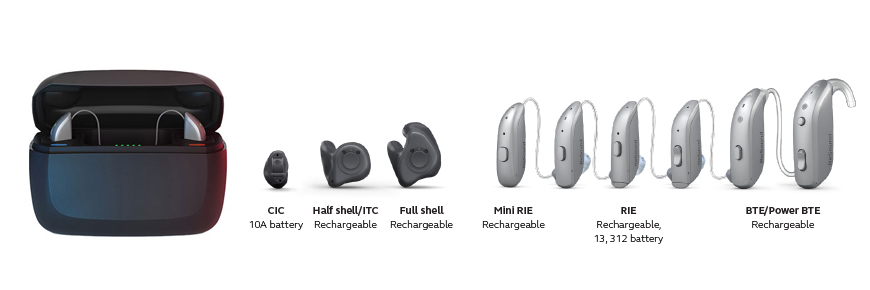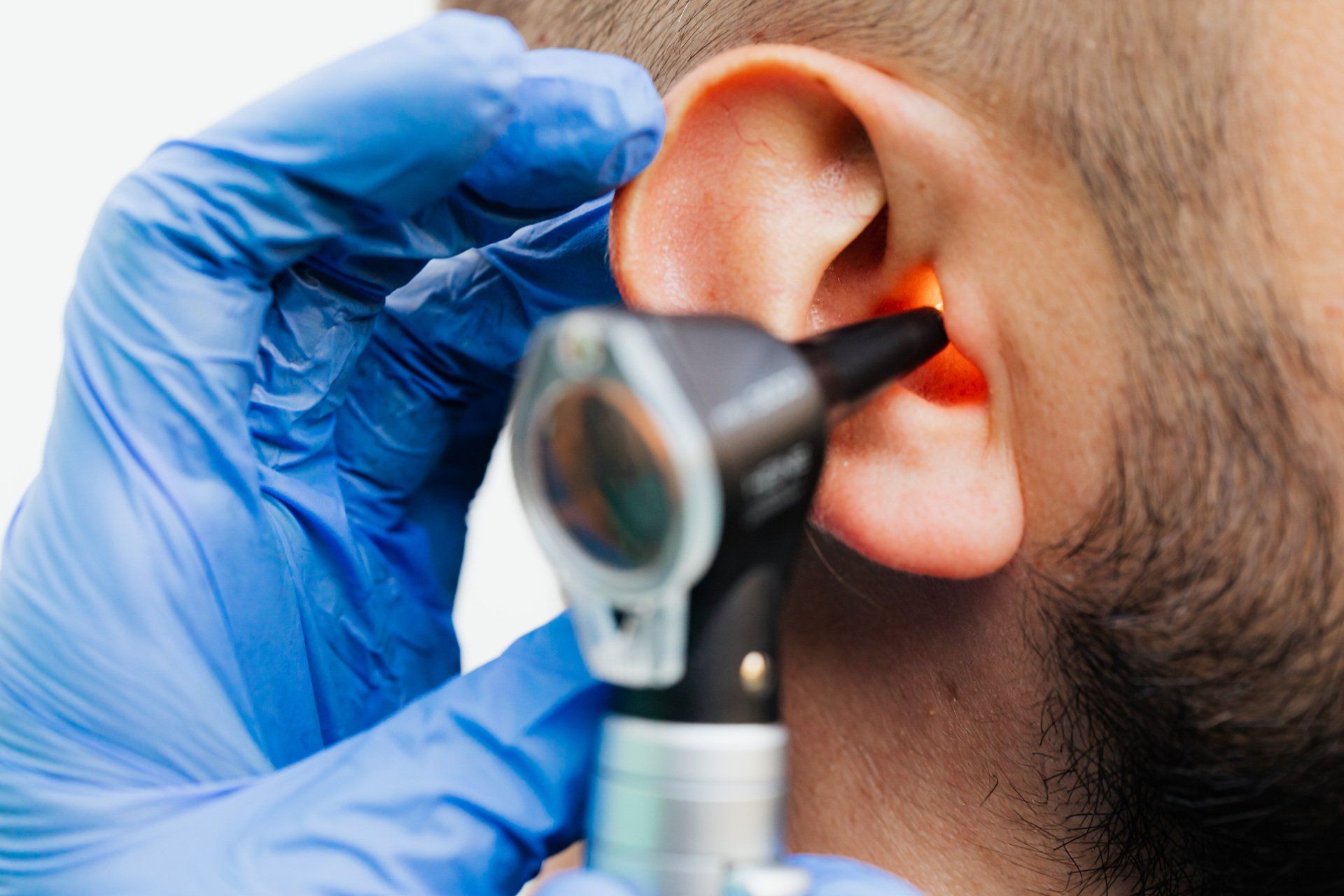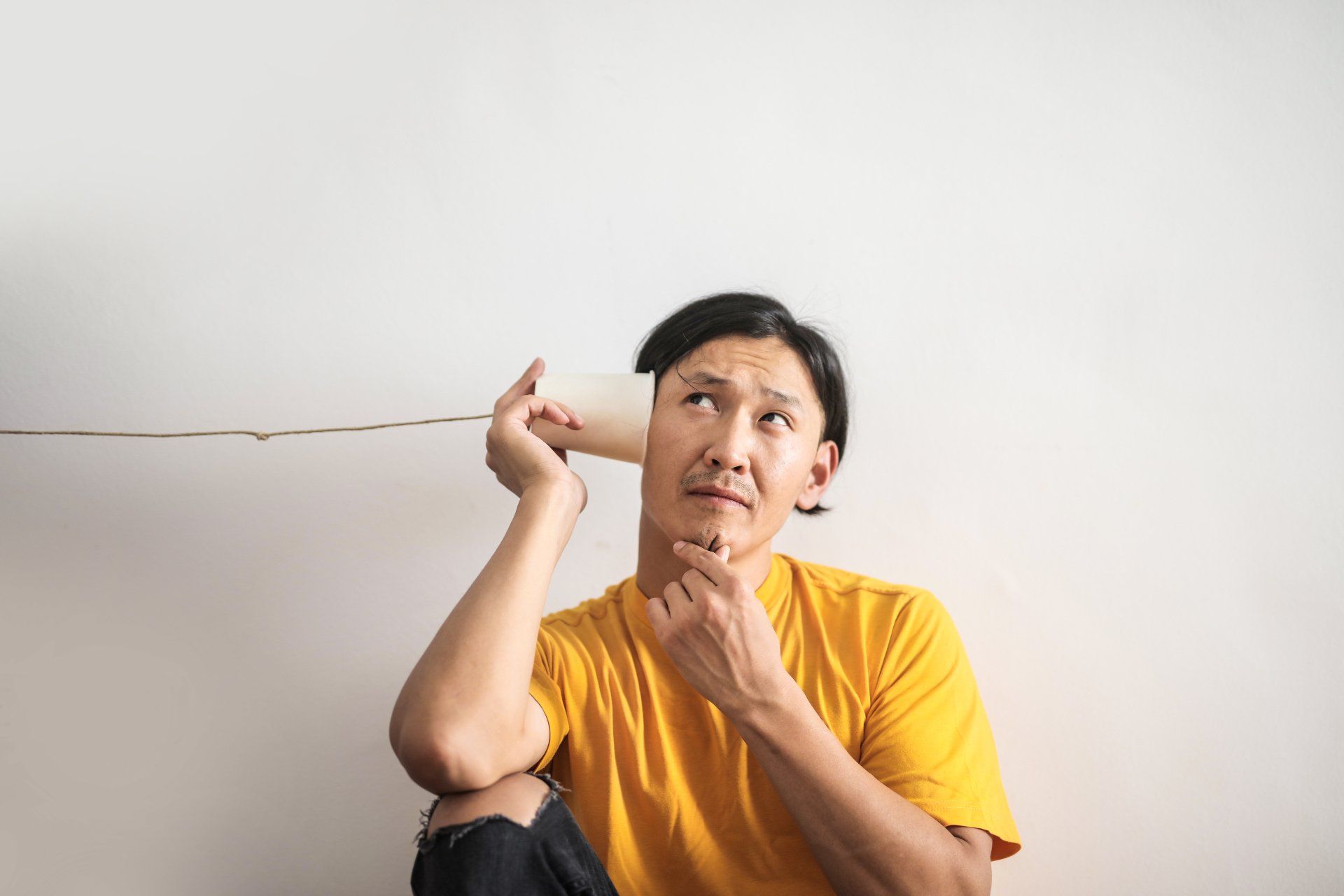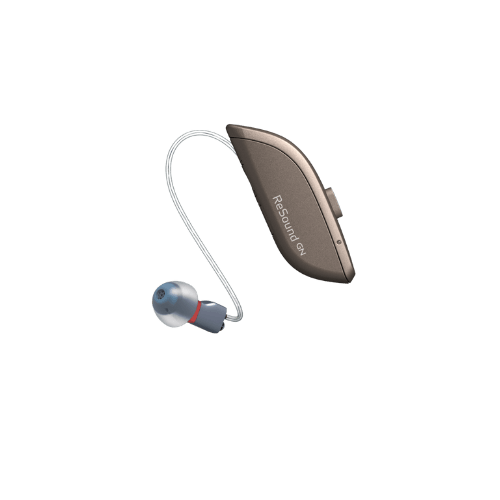Can you use headphones with hearing aids?
Have you ever thought about using headphones with your hearing aids?
Have you ever thought about using headphones with your hearing aids? Maybe you just have a little trouble hearing in certain situations, like at the movies or when there's a lot of noise. Or you may be looking for an easy way to listen to music while working out at the gym. Whatever your reason, it's important to know how to use headphones safely with your hearing aid so that you don't end up damaging them.
The downside of wearing headphones over your hearing aids.
Many people wear headphones over their hearing aids, but for most people, the sound quality is not as good. Hearing aid users should try all other options before wearing headphones because they are usually not designed to work with hearing aids and may not fit properly. If you do choose to wear headphones over your hearing aids, keep in mind that most of them will only deliver low-frequency sounds (bass), which means that you won't be able to hear high-pitched sounds such as women's voices or bird calls.
It's best to use headphones that have a special feature that allows you to turn off the low-frequency sound. This will allow you to hear more clearly without losing out on all the other sounds around you.
Hearing aids are not headphones and shouldn't be used for listening to music.
Hearing aids are not headphones, and should not be used mainly for listening to music.
In general, the main design of hearing aids are not to play music. They're intended to help you hear speech in noise by amplifying the sounds you want to hear and reducing the sounds you don't (background noise). If the volume of a song or other sound is too loud, it can damage your hearing over time.
If you’re wearing hearing aids and want to listen to music, they can be set up to do so. However, you should never wear them while listening to loud noises (such as concerts) because this could damage your ears.
If you want to listen to music while wearing your hearing aids, you can try getting dedicated Bluetooth speakers.
If you want to listen to music with your hearing aids, you can try getting dedicated Bluetooth speakers that are meant to work with hearing aids. These speakers will be less bulky than headphones and are easier to use.
If you decide that headphones are still for you, there are a few things you can do to make sure they don't interfere with your hearing aid's performance:
- Use wired headphones instead of wireless ones, as they're less likely to interfere or disturb other electronics in the area.
- Make sure the volume is set at a reasonable level (if possible). If it's too loud or too soft, this could affect how well your hearing aid works.
Most people avoid wearing headphones over the top of their hearing aids because they can be uncomfortable and shift the hearing aid out of place.
- Most people avoid wearing headphones over the top of their hearing aids because they can be uncomfortable and shift the hearing aid out of place.
- Headphones may also distract you from conversations in your environment, especially if they have a microphone attached that allows you to make phone calls. This can cause problems with understanding speech or being able to participate in a conversation if you are not wearing your hearing aids or if they are not turned up loud enough.
- Hearing aid feedback is another concern when using headphones over your ears with hearing aids on high settings. Feedback occurs when sound from an external source enters into one part of your ear canal and then bounces back into itself at another location (such as through one earphone). It sounds like an unending noise in an endless loop that repeats itself again and again until you turn off whatever device is causing it (in this case, headphones).
- Hearing aid damage is another possible side effect of wearing headphones on top of your hearing aids.
People who have Bluetooth capabilities in their hearing aids would not need to have headphones.
If you are looking for more flexibility when wearing your hearing aids and still want to be able to listen to music, then it is good to know that there are now wireless options available. A Bluetooth device allows people with hearing loss to connect their devices so they can use them without being tethered by wires or cords. As well as offering freedom from wires, this also means that there is no interference between the two devices (such as when trying to talk on the phone while wearing hearing aids).
These types of devices include:
- Wireless earbuds, which fit inside each ear; (but means you must take your hearing aids out of your ears).
- Headphones with large speakers that cover your ears.
The device will connect to your hearing aids via Bluetooth, so you can listen to music while wearing your hearing aids.
Takeaway:
The best way to listen to music with your hearing aids is through a Bluetooth connection. This allows you to stream music directly from your phone or another device without having to use headphones. If this isn't an option for you, then try getting headphones that are specifically designed for use with hearing aids.
If you have more questions, our Hearing Health Care Providers at Kabel Hearing would be happy to answer any you have.











